English: Birch
Deutsch: Birke
Latin: Betula
Over the years, I (Alexis) have noticed this recurring draw and deep connection to birch trees.
As an edible alchemist, I spend a lot of time in nature, exploring its unique qualities. And while I’m always excited to expand my knowledge of the plant kingdom, I keep finding myself coming back to certain plants, learning more about them every year. Their quiet curiosities reveal themselves, relationships are established.
This year, as the sun’s rays grew stronger and familiar birdsong slowly returned to our local landscapes, once again the birch trees called out to me from nearby woodlands.
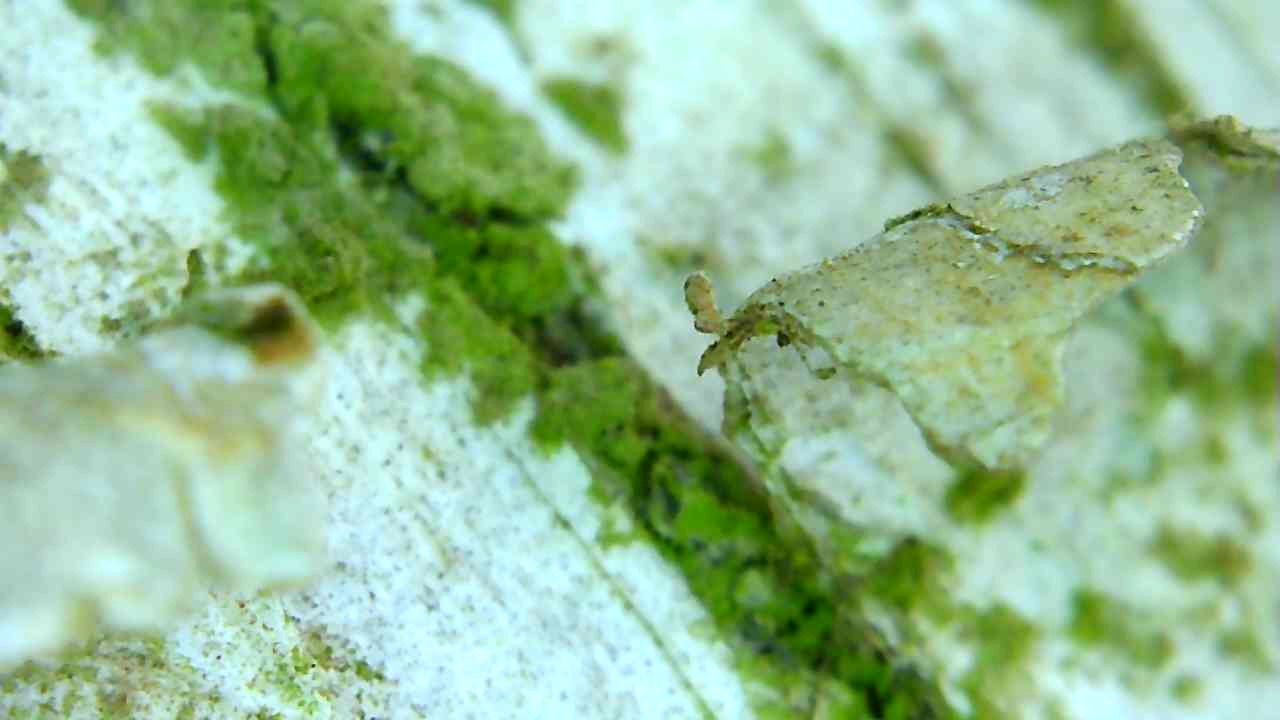
Identification & Timing
White birch trees are relatively easy to spot—their silvery skin and brown-black eyes watching in every direction, some wide open and some squinting. In the botanical world, these eyes are called ‘lenticels’, a porous tissue of the trees’ bark, which is essentially it’s skin.
In spring, water rushes up the birches’ bodies for approximately 1.5 weeks. This water is travelling to the winter-locked buds and gearing them up for growth in the new season. I usually go out tapping sometime between mid-Feb and early-March. It’s different each year and can differ between regions, so you have to keep your eyes on the birches.
To check if the water is indeed running, take a sharp knife and slice off the end of a hanging twig. The water should drop, drop, drop—about one drop (or more) every five seconds. This is the time to tap!
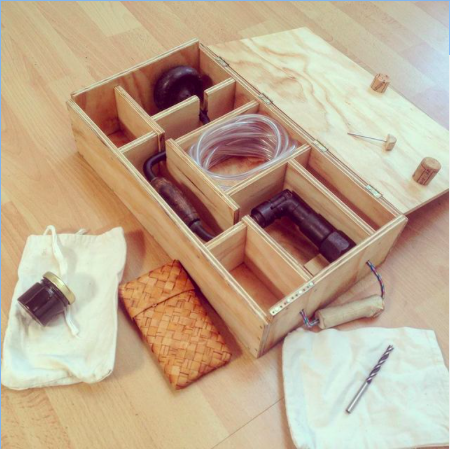
Tapping Birch Tree Sap
Tools
- I use an old fashioned hand-crank drill (the drill bit should be 0.25 or max 0.5 cm in diameter), but you can also simply use a regular battery screwdriver
- The end of a plastic hose (also 0.25-0.5 cm in diameter)
- A bottle, canister or bucket (ideally, one that can hold several liters of liquid)
Fun fact: I’m the proud owner of my very own tree tapping kit (depicted above) which comes with me on all my tapping trips. As you can see, this is really easy to build yourself and quite a handy thing to have whilst traversing fields and forests in search of sap.
How to Tap
- Drill 5-10 cm into the bark, about 0.25-0.5 meters from the ground
- Put one end of the plastic hose into the hole and the other end into your container
- Let it drip, drip, drip!
If you get a good run, you should be able to harvest around 2 liters over a 24-hour period. I’ve come to notice that younger trees tend to yield more sap than older ones.
Make sure you are either tending the harvest regularly and or have a big enough container, so you don’t lose the water from overflow. After 48 hours, you will notice that the harvest will have slowed down significantly.
The tree will close up this wound by itself, but you can also use birch pitch/tar or some woodchips that are hanging around to close it up if you want to slow the flow down process.
Making Birch Syrup
Birch water contains a lot of sugar (however, not as much as maple), which can be boiled down into delectable syrup. 100 liters of birch water makes 1 liter of birch syrup (in comparison, 100 liters of maple water makes 10 liters of maple sugar).
A large amount of evaporation is required to attain the thick sugar, but the expansive list of mineral components in birch water makes it worthwhile. Birch syrup is more complex—and thus also more valuable—in nutrients and taste than some of its other tappable counterparts.
I usually use this natural, mineral-rich sugar water for fermented sodas. Water kefir crystals (Harries) love this water as well as adding other elements like leaves, roots and barks that too have natural yeasts on them to make a wild natural soda. (picture of bubbling leaves and things here).
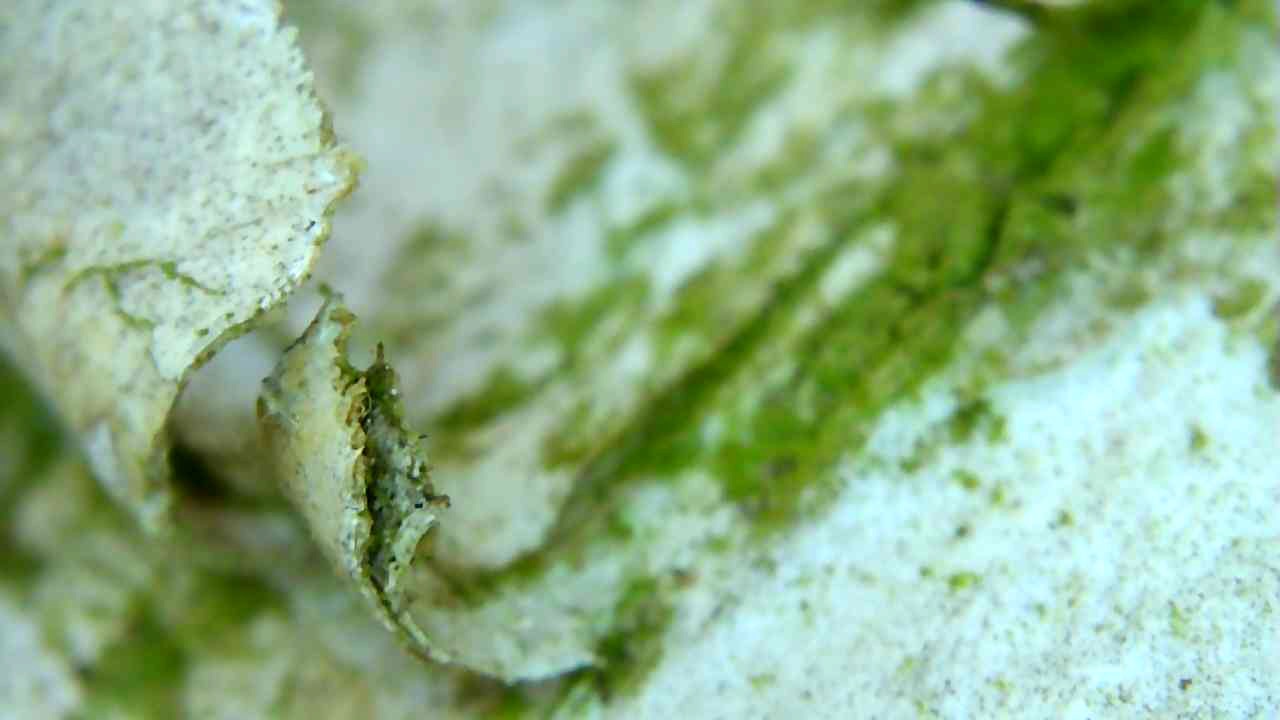
But There’s More…
Birch Stationery
Birches’ papery bark makes stunning stationery. Bear in mind that harvesting bark should only happen after the tree has already fallen, i.e. when it’s no longer alive, because otherwise, it’d be like ripping off its skin (ouch!).
Birch DIY
Although these majestic trees are tall and slim, their light-coloured wood is exceptionally hard, making it an excellent material for long-lasting carpentry projects. Because birch tar is waterproof, back in the day, it was used as a kind of glue to fix cracks on ships. We also use it to close up tapping holes when foraging birch water.
Birch Kindling
Birches make great kindling for campfires. Their bark contains oils that help protect them from infection and invasions, but incidentally also burn very well, even in wet conditions! In fact, birch forests actually regenerate best after a big forest fire, so they are a fiery type of tree by nature.
Birch Soul Food
Their leaves are buttery and sweet in early spring, but by May, they become too hard to eat.
Beauty Treatments
Legend has it that an infusion of birch leaves can help support hair growth. No harm in trying, I guess? 😉

The Afterlife
Unlike some of their fellow florestian kin, like beech, maples and oaks, birches have a very short lifespan. They grace our Earth for about 80 years before biting the dust. Their uses, however, continue even after they have reached Nirvana. Medicinal mushrooms, such as the birch polypore (the same mushroom that Ötzi carried around his neck), pledge their undying loyalty to the birch, and only the birch.
The first to return after a fire, birches have also made a name for themselves as pioneer plants—a phoenix, rising from the ashes.
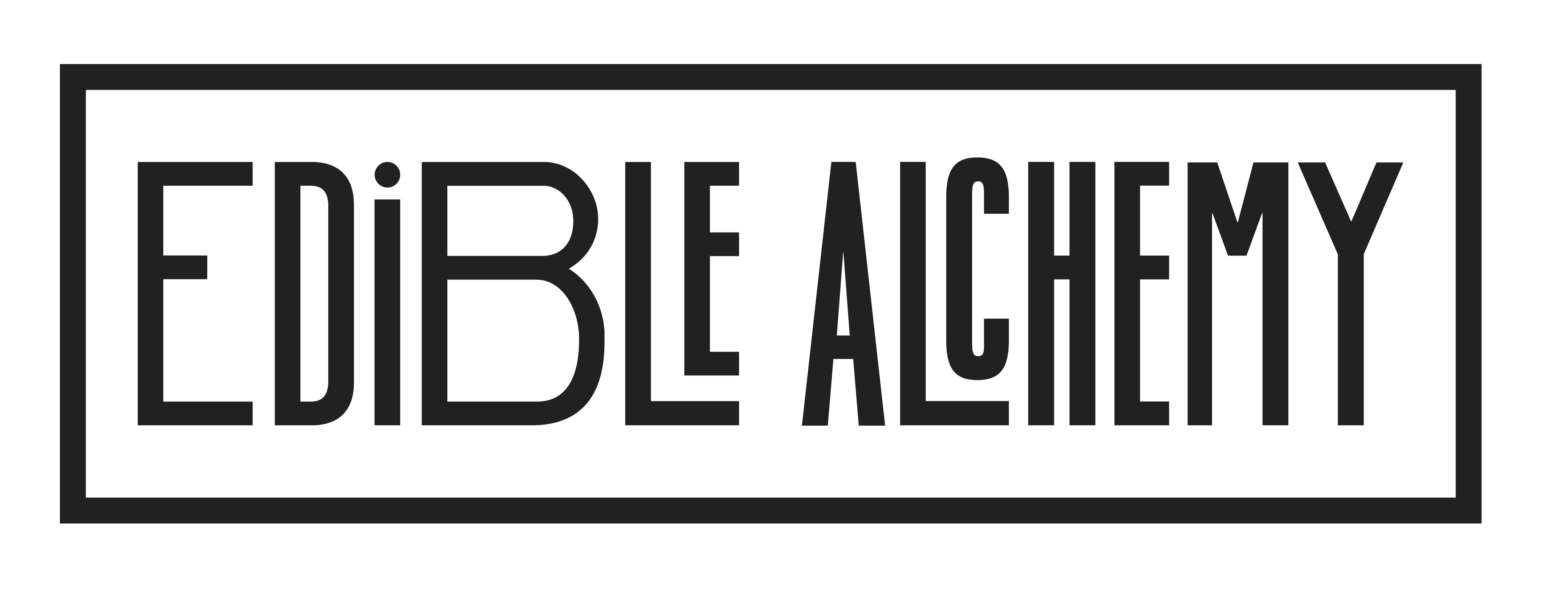
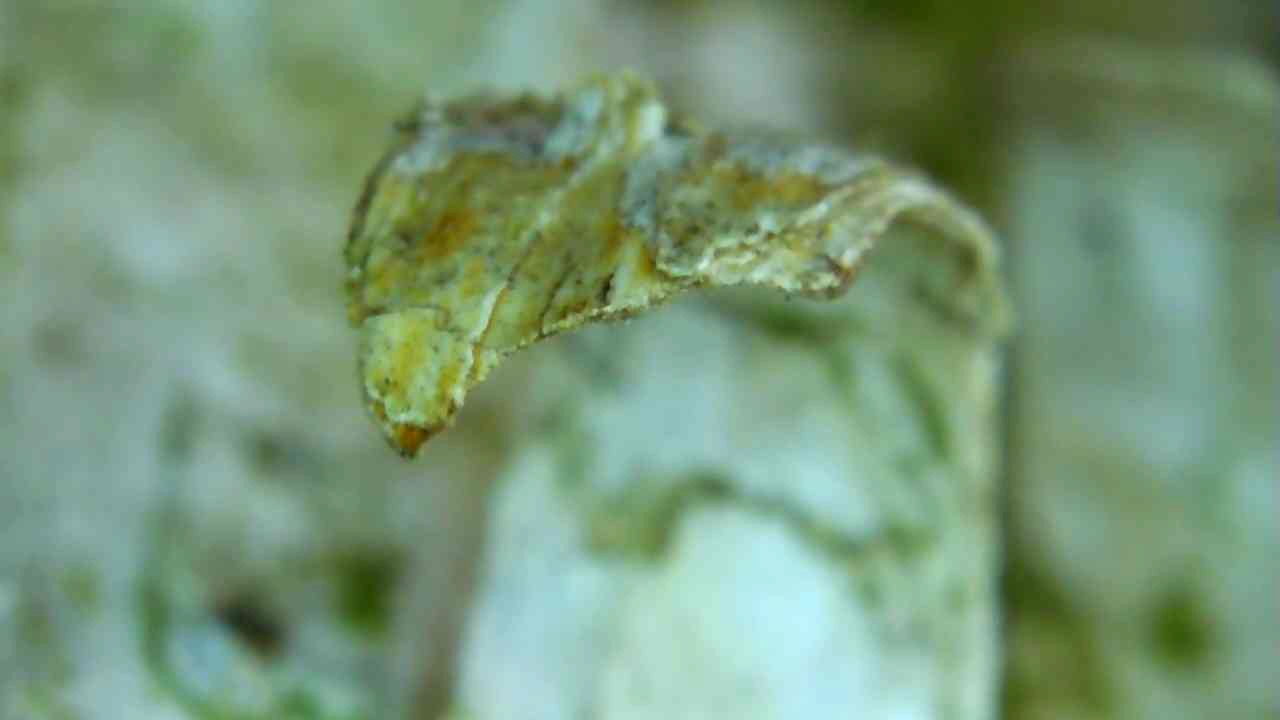
Thanks Alexa
We are trying 4 trees this year
Some are good drippers others a bit slow
How have you used the birch sap for water kefir? Did you boil it first or not? Did you use it for the first or second fermentation?
I ve tried a few different fermenting projects over the last years with birch sap; most of them went moldy :p
i put the kefir grains directly in the fresh water to ferment